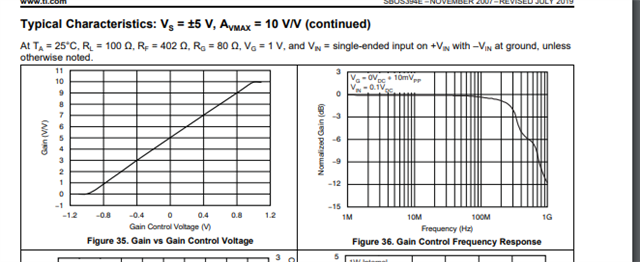Other Parts Discussed in Thread: LMH6554, TINA-TI
Tool/software:
Hello,
I designed a fully differential summing amplifier using the VCA824. Based on the values of Rg and Rf, I expect a gain of 5. However, the simulation results differ from this expectation.
Could you please check where I might have made an error?
Thank you for your assistance.


